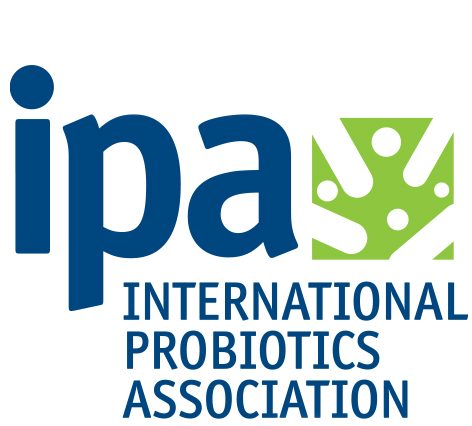You may scream for ice cream, but a smarter shout-out goes to frozen yogurt.
While ice cream must contain at least 10 percent milkfat—usually cream– to be labelled as such, yogurt has no fat requirement. Instead it must be churned with cultured milk. Alas, while the bacteria may survive needed freezing temperatures, heat in the manufacturing process will kill them.
Some brands of frozen yogurt may have labels stating “Contains live and active cultures.” This means that there are 10 million lactic acid per gram at the time of manufacture; fresh yogurt must contain 10 times that amount to carry a similar label. Still a half-cup portion of frozen yogurt may contain 1 billion live bacteria if probiotics are added after heating, a real bonus for the gut.
Nutritional value of frozen yogurt vs. ice cream
Some premium brands of ice cream have as much as 16% fat, which can pack nearly 600 calories and 40 grams of fat (22 saturated) in each cup. Lighter brands—usually cheaper ones—get away with half that per cup.
One cup of regular vanilla frozen yogurt shines in comparison: 220 calories, 5 grams of protein, 38 grams of carbohydrates, 6 grams of fat and 4 grams of saturated fat. But add toppings like candy and syrups which are offered in many retail shops, and yogurt is no longer on the high road. Instead add fresh fruit or nuts to add a nutritional punch.
Make your own frozen yogurt by adding fruit and nuts to fresh yogurt and processing it in an ice cream maker, food processor or a blender. See the video below.
If August’s heat has you yearning for the cool pleasures of icy treats, give frozen yogurt a try. The probiotics add a refreshing zing and by staying away from heavy ice creams, you just may stay awake for more summer fun.

